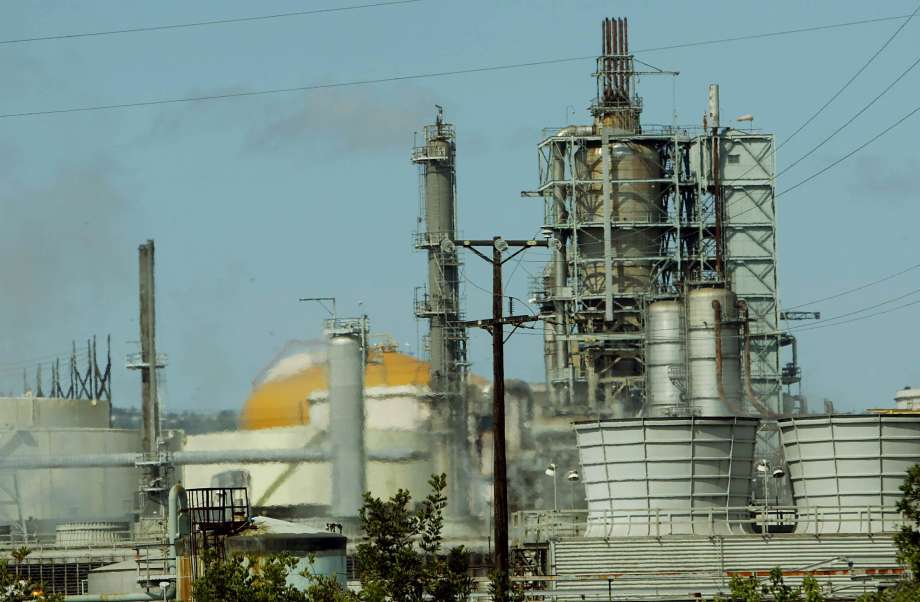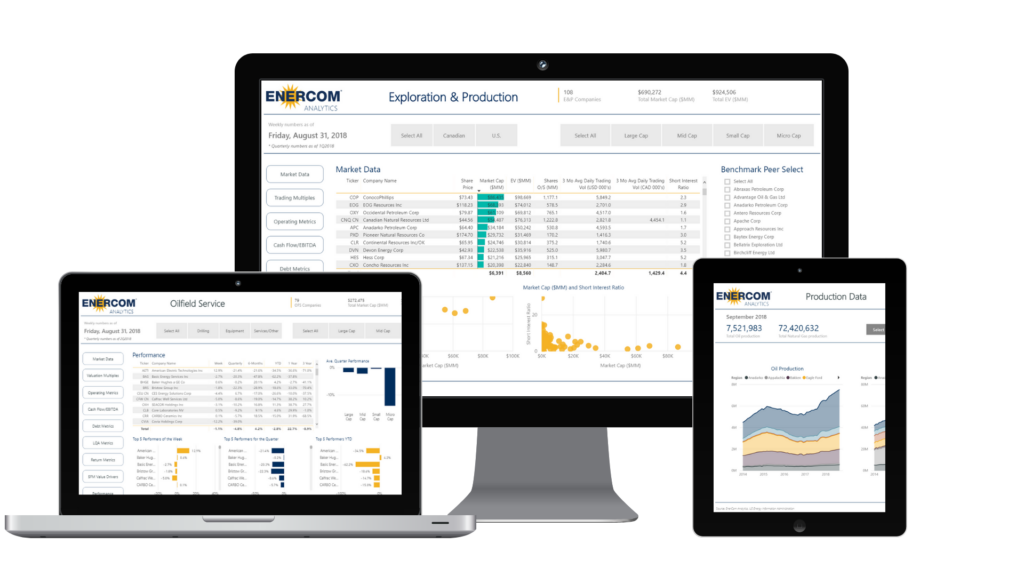ConocoPhillips’ fourth-quarter profit declined by more than 60 percent, to $720 million from $1.9 billion in the same period last year, amid weaker oil prices and production outputs.

Revenue during the quarter dropped by more than 20 percent to $8.1 billion.
For the full year, net earnings jumped 15 percent to $7.2 billion compared with $6.3 billion in 2018.
The Houston oil and gas producer still won over many on Wall Street late last year by hiking dividend payments to shareholders and with the release of a 10-year outlook that would rein in spending throughout the new decade.
“Strong 2019 performance capped off a highly successful three-year period in which we transformed our business model and significantly improved our underlying performance drivers across the company,” said Ryan Lance, chairman and chief executive officer. “We’ve positioned ConocoPhillips to deliver sustained value through price cycles due to our strong balance sheet, focus on free cash flow generation, compelling returns of and returns on capital and our commitment to environmental, social and governance leadership.”
Essentially, ConocoPhillips is focused on bringing in stronger profits and paying out more to investors while operating with flatter spending and smaller overall scale.
The company’s production output is expected to dip a little in 2020 because of some recent asset sales.
Last year, ConocoPhillips’ oil and gas production volumes grew by 5 percent despite a small decline in the fourth quarter.
The company’s shale production jumped by 22 percent last year. Shale volumes account for 30 percent of the company’s global production, led by South Texas’ Eagle Ford Shale. ConocoPhillips’ rising outputs in West Texas’ Permian Basin are on track to soon surpass its volumes in North Dakota’s Bakken shale.
Still, ConocoPhillips’ Asian, Australian, North Sea and Alaskan business units are more profitable than its U.S. shale output.
The company’s 2020 capital spending budget is projected to be $6.5 billion to $6.7 billion, on par with the $6.6 billion in 2019. However, that 2019 capital spending budget increased throughout the year from an initial budget of $6.1 billion, a revised midyear budget at $6.3 billion, and final spending for the year of $6.6 billion.
[contextly_sidebar id=”8cMTkrHrLG2AWnHXzLxH90Yv3vqrHdTp”]







